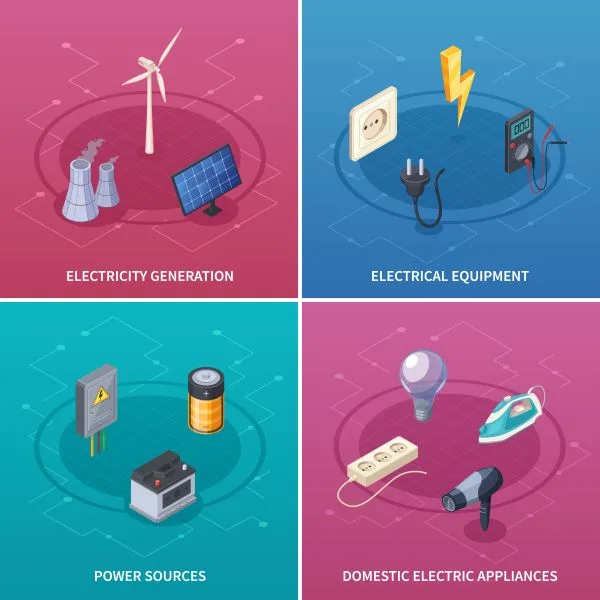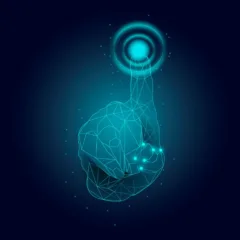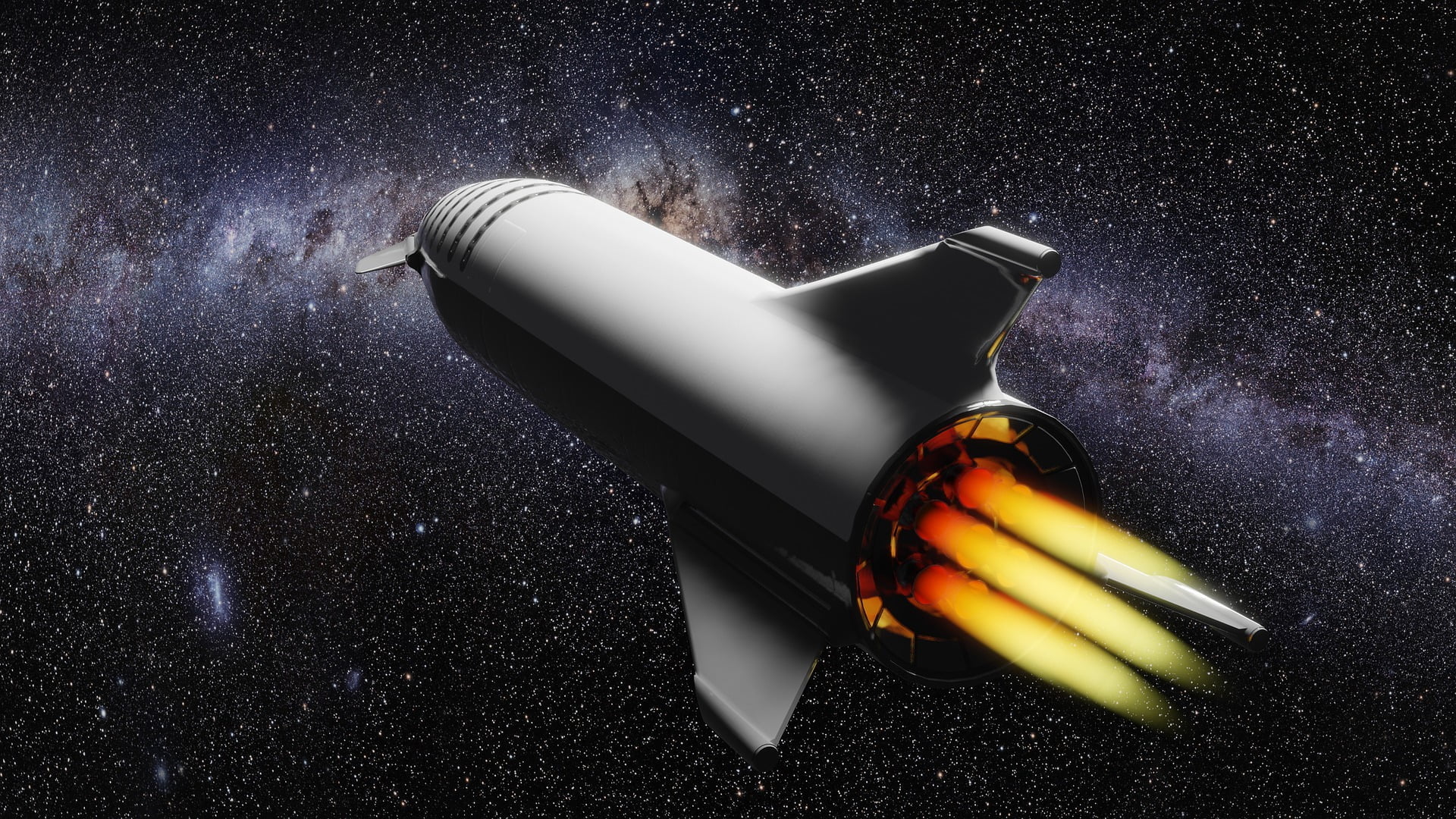Wireless electricity is a breakthrough technology that transmits electrical energy without wires or cables. Recently, scientists have discovered wireless power transmission from space to Earth for the first time. It has emerged as an alternative to conventional ways of powering and charging devices, such as batteries and generators. It eliminates the need for unsightly cables, wires, and cords that can clutter our homes and offices. Moreover, it offers a safe, efficient, cost-effective option to transfer energy over long distances.
The primary application of this technology is in energy harvesting systems where energy from ambient sources such as radio frequency signals or light is collected and converted into usable electrical power. This type can be used in medical implants or consumer electronics such as smartphones or smart watches. Furthermore, it can also provide power for autonomous cars, drones, robotics systems, or even distributed computing networks.
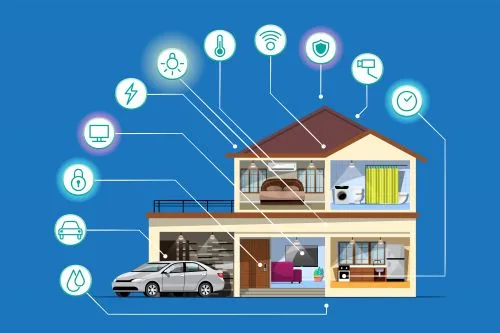
Methods of wireless transmission
ELECTROMAGNETIC (EM) INDUCTION
Electrodynamics induction near-field wireless communication can facilitate energy transfer at distances of up to one-sixth the wavelength. This wireless energy transfer modality employs the fundamental principles of an electrical transformer.
In this method, the primary and secondary circuits are not directly interconnected, and the energy transfer transpires through an electromagnetic phenomenon known as mutual inductance. This extraordinary process serves to step-up or step-down the primary voltage while providing electrical isolation. Examples of this principle are device chargers for phones, electric toothbrushes, and electrical power distribution transformers.
Resonance, coupled with this mechanism, extends the application range slightly. With resonant coupling, the transmitter and receiver are attuned to similar resonant frequency inductors. The drive current is dynamically modulated from a sinusoidal waveform to a no-sinusoidal transient waveform for performance optimization.
A high level of coupling must be maintained to guarantee optimal efficiency.
Furthermore, the radiation of the magnetic field is directly proportional to the distance from the primary, resulting in an increase in energy wastage as the range of magnetic coupling decreases. This technology is commonly used in the design of contactless smartcards and is also applied in the power supply and recharging of laptops and mobile phones.
ELECTROSTATIC INDUCTION
The Tesla effect is an enigmatic phenomenon that has baffled the scientific community for many years. It is a particular application of electrical displacement – the transmission of electrical energy through an ethereal realm, rather than relying solely on the development of a potential difference across a conductor. Specifically, the effect is a result of the creation of an electric field gradient or differential capacitance between two nodes or electrodes elevated above a conductive ground plane. It provides a conduit for high-frequency alternating current potential differences, delivering energy to a receiving device such as Tesla’s legendary wireless bulbs.
To generate a small amount of energy, elevated terminals may not be required since the energy can be extracted by electrostatic induction from the upper strata of the atmosphere. The capacitance formed between two terminals and a higher-powered device creates a voltage divider. This allows the electrostatic forces to transfer energy through natural media across a conductor situated within the changing magnetic flux.
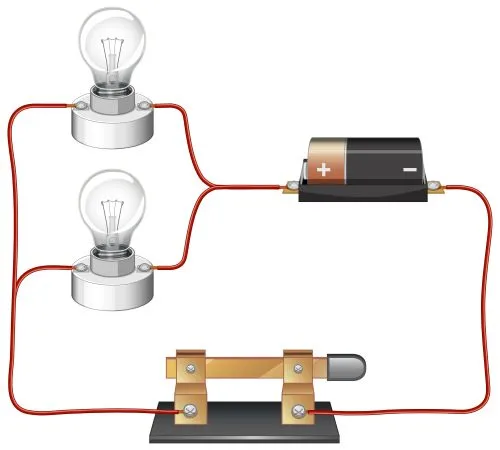
ELECTROMAGNETIC RADIATION
Radio waves serve as messengers carrying sound and information through the airwaves, helping sailors find their way across the seas and pilots navigate the skies. The data is impressed upon the electromagnetic wave as amplitude modulation, frequency modulation, or pulses, creating a frequency band.
Sound channeling needs 5 million Hz for HD TV, 20,000 Hz for high-fidelity sound, and 10,000 Hz for phones. Due to the curve of the Earth, a tower of up to 100 meters (330 feet) reaches only around 30 kilometers (19 miles) of clear sight. However, Marconi’s successful communication of messages over 2,000 kilometers led to the discovery of the electrifying Kennelly–Heaviside layer, better known as the ionosphere. Starting at about 100 kilometers above the Earth’s surface and extending 300 kilometers, this region sees partial ionization caused by the Sun’s ultraviolet light that generates enough electrons and ions to alter radio waves.
The variability of the ionosphere’s height, width, and ionization level depends on the season and time of day due to the Sun’s contribution. Radio waves and optical devices reach different ranges due to the electromagnetic radiation in a far field that enables its adaptation to the shape of the receiving area. This in turn provides near-constant radiated power over longer distances through highly directive antennas or precisely collimated laser beams. However, maximum directivity for antennas is limited by diffraction.
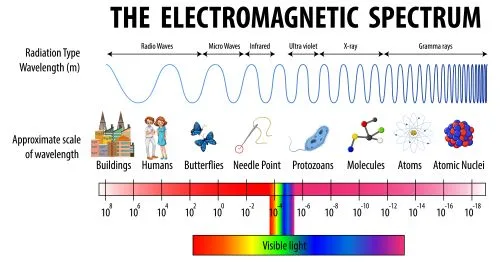
LASER METHODS
Within the electromagnetic realm exists a spectrum perceivable to the naked ocular sensors, typically oscillating between 10 micrometers to 10 nanometers. It could harness power by converting the current into a laser beam, then transmitting it to a solar cell receptor. The process is commonly known as power beaming. The military and space sectors have mainly researched the laser power beaming mechanism, but it is now being extended to cater to low-power commercial and consumer electronic applications.
Laser safety protocols must be strictly adhered to facilitate the implementation of laser energy transmission systems in consumer industries. The laser-assisted energy transfer method enables increased energy densities, reduces beam dispersion, and shrinks emissions and receiver sizes. However, the generation of lasers should factor in the system’s mass and temperature requirements for effective performance.
ELECTRICAL CONDUCTION
This phenomenon is caused by the movement of electrically charged particles through a medium that allows signals to be transmitted. It can create an electric current in response to the electric field. The mechanism behind this motion varies depending on the material. When it comes to metals and resistors, Ohm’s Law is the real deal, stating that the current is proportional to the applied electric field.
To transmit electrical energy wirelessly through the Earth, one can stir up some inhomogeneous Earth action with very little loss due to the fact that the net resistance between Earth’s antipodes adds up to less than 1 ohm. The adjustment then hightails it mainly through oceans, metallic ore bodies, and similar subsurface structures with electrical conduction. However, electric displacement by electrostatic induction beats its way through the more dielectric regions like quartz deposits and other nonconductive minerals. As currents through the Earth attract recipients, an equivalent electric displacement rolls out in the atmosphere.
MICROWAVE METHOD
To hear a directional transmission using radio waves, you must harness the power of electromagnetic radiation’s shorter wavelengths. It involves using a converter known as a Rectenna that transforms microwave energy into electricity at an astonishing 95% efficiency rate! The notion of power beaming using these microwaves has been explored as a means of transferring energy from solar power satellites orbiting our Earth, even extending to the beaming of power to spacecraft in orbit beyond.
Read more, 10 space facts that stunned the world.
Applications of wire transmission
Field of Electronics
Electronics has discovered an exceptional application of Wireless charging systems, transforming mundane devices such as laptops into powerhouses by utilizing a wireless source deployed behind the corkboard. The device effortlessly delivers over 20 watts of energy and can establish a connection from a distance of more than 40 cm from the wireless charging source.
The source and device resonators are positioned perpendicular to each other, facilitating the delivery of charged energy through the resonant wireless power transfer.
Refer to our article 10 valuable semiconductor facts to watch out for if you are interested in knowing amazing things about electronics.
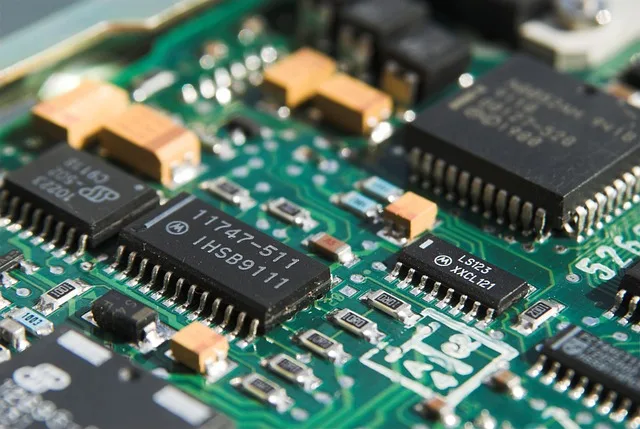
Medical Devices
Power transmission through the air has gained significant traction in medical implants such as LVAD heart assist pumps, pacemakers, and infusion pumps. It allows the seamless and efficient supply of energy to devices embedded within humans. Therefore, it eliminates the requirement for invasive drivelines that penetrate bodily tissue and the need for primary battery replacements through surgical procedures.
Electric Vehicles
Indulge in the convenience of wireless charging for your eco-friendly hybrid or battery-electric vehicle! These systems offer 3.3 kilowatts of high-efficiency power without requiring any cumbersome cords, with a transmission range of 20cm. This cutting-edge technology ensures a reliable, effortless energy source for electric vehicles, making them even more irresistible to consumers. The EV experience can be elevated with wireless charging!
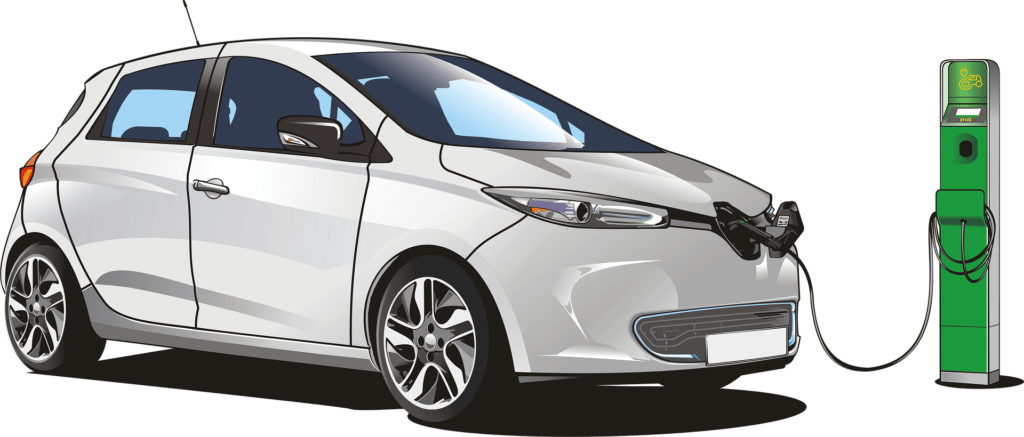
LED Lighting
With wireless power transmission infused in the sleek design of LED lights, we can now say goodbye to the tedious task of battery replacement for our under-cabinet illumination. In addition, this cutting-edge technology grants architectural lighting designers the power to create stunning products that appear to levitate sans any visible power cords.
Solar Power Satellites (SPS)
Wireless Power Transmission’s grandest application is the deployment of massive satellites adorned with colossal solar arrays that orbit the Earth at the height of Geosynchronous orbit. These celestial sentinels stand to watch, dutifully harnessing the essence of solar power and beaming it down to us in the form of microwaves. Another feather in the cap of WPT is the implementation of its technology into diverse fields, such as the facilitation of ubiquitous power sources, powering wireless sensors, and the invention of RF Power Adaptive Rectifying Circuits (PARC).
